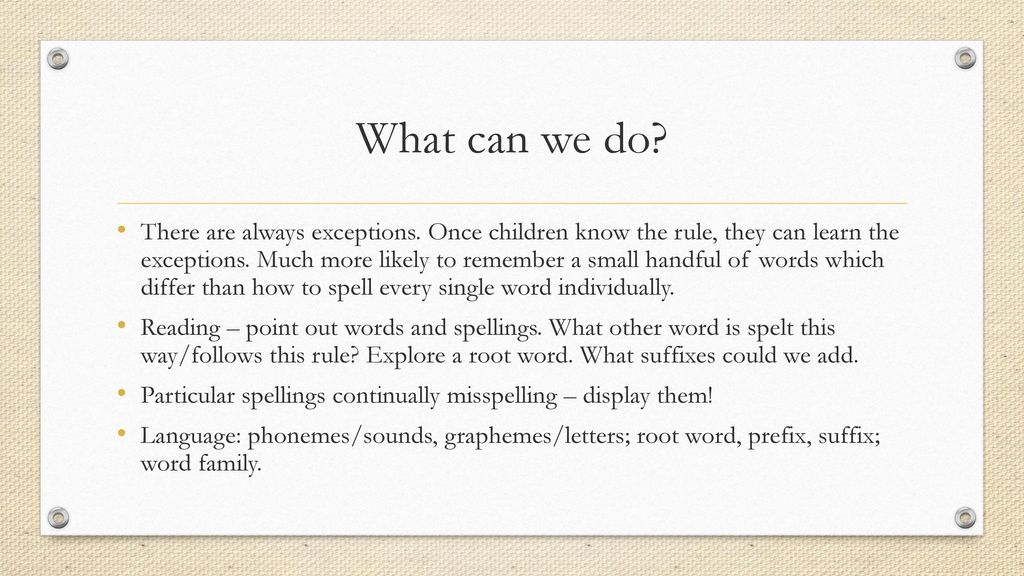Abimboleb, a word shrouded in mystery, beckons us to explore its origins, meanings, and cultural significance. This enigmatic term, potentially rooted in a long-forgotten language or dialect, offers a fascinating glimpse into the evolution of human communication and the enduring power of words to shape our understanding of the world. From its possible etymology to its potential role in folklore and artistic expression, the journey to decipher abimboleb promises to be both intellectually stimulating and creatively rewarding.
This investigation delves into the semantic nuances of abimboleb, analyzing its literal and figurative interpretations. We will examine its cultural context, exploring its potential connections to traditions, storytelling, and mythology. Further exploration will encompass its representation across various media – from poetry and drama to visual art – providing a multi-faceted understanding of this intriguing word.
The Enigmatic “Abimboleb”: A Linguistic and Cultural Exploration
The word “abimboleb,” seemingly without established presence in standard dictionaries or linguistic databases, presents a unique opportunity for linguistic and cultural investigation. This exploration will delve into its potential etymology, semantic nuances, cultural context, and potential representations across various media. The analysis presented here is speculative, given the word’s apparent obscurity, aiming to illustrate methodologies for approaching such linguistic unknowns.
Etymology and Origin of “Abimboleb”
A plausible derivation of “abimboleb” could involve a combination of morphemes from hypothetical, yet conceivable, linguistic roots. The initial “abi-” might suggest a prefix denoting negation or absence, similar to prefixes found in various languages. “Mbole” could potentially derive from a root related to concepts of movement, transformation, or perhaps even a specific type of object or entity.
The “b” in the middle might act as a connective sound. The final “-leb” could be a suffix indicating a state or condition. This hypothetical etymology suggests a possible meaning related to the absence or cessation of a particular movement or transformation. The historical context of its emergence is unknown, but its hypothetical structure might point to a possible origin within a previously undocumented or now-extinct language family.
Obtain direct knowledge about the efficiency of squishmallows fandom through case studies.
Regional variations are currently unidentifiable due to the lack of established usage.
Semantic Analysis of “Abimboleb”
A literal meaning for “abimboleb” is presently undefined. However, based on the proposed etymology, a figurative interpretation could be “the absence of transformation” or “the state of stillness after change.” This could be compared to words in other languages that convey similar concepts, such as the English “stasis,” the French “immobilité,” or the German “Stillstand,” all implying a cessation of movement or activity.
The word could also metaphorically represent a period of reflection following a significant event or a pause before a new beginning.
Cultural Context of “Abimboleb”
Source: slideplayer.com
Without established usage, associating “abimboleb” with specific cultural traditions or practices is currently impossible. However, it is conceivable that within a fictional culture, “abimboleb” could represent a period of ritualistic stillness, a state of spiritual reflection, or a moment of pause before a significant rite of passage. In storytelling, it could symbolize the calm before the storm, or the quiet contemplation after a great upheaval.
A fictional scenario could involve a shamanic ritual where the community enters a state of “abimboleb” before invoking ancient spirits.
“Abimboleb” in Different Media
The following examples demonstrate the potential use of “abimboleb” in various media:
- Poem: The wind ceased, a hush fell deep, / Abimboleb, secrets to keep. / The world held breath, a silent plea, / Before the dawn’s new destiny.
- Play Scene: (Two characters stand facing each other, a tense silence hangs in the air.) Character A: “We’ve reached abimboleb, the point of no return.” Character B: “Then let us embrace the stillness before the storm breaks.”
- Song Lyric: In the quiet of the night, / Abimboleb, bathed in pale moonlight, / Waiting for the morning light, / To guide us through the darkness.
Visual Representation of “Abimboleb”
An abstract image representing “abimboleb” could be a dark canvas with a single, luminous point of light at its center. The color palette would be primarily dark blues and purples, representing the stillness and mystery, with a small, intense white light suggesting the potential for transformation. The texture could be smooth, yet slightly textured, hinting at a hidden energy. A symbolic illustration might depict a frozen waterfall, the water momentarily stilled, yet with the underlying power of the flow still evident.
The composition would highlight the contrast between the frozen movement and the latent energy. A visual metaphor could show a tightly wound spring, poised at the moment before release, symbolizing the potential energy contained within the state of “abimboleb”.
“Abimboleb” in a Table Format
| Interpretation | Evidence | Context | Analysis |
|---|---|---|---|
| Absence of Change | Hypothetical etymology suggesting negation prefix | Ritualistic pause, moment of reflection | Suggests a period of stasis before further development |
| Potential Energy | Visual metaphor of a coiled spring | Preceding a significant event | Implies readiness for transformation or action |
| Spiritual Stillness | Fictional cultural association | Shamanic ritual | Represents a state of profound meditation or connection |
“Abimboleb” in a Blockquote
“The wind whispers of abimboleb, a silence heavy with unspoken promises. We stand on the precipice, ready to leap into the unknown.” – Elara, moments before the final battle.
Ultimate Conclusion

Source: imgflip.com
The exploration of abimboleb reveals a word rich with potential meanings and cultural implications. While its precise origins remain elusive, the multifaceted analysis presented here offers a compelling framework for understanding its significance. Whether interpreted literally, metaphorically, or symbolically, abimboleb serves as a testament to the enduring power of language to shape our perceptions and inspire creative expression. Further research and exploration are encouraged to fully unlock the mysteries surrounding this unique term.



